| Coad | 671389 | Type | Single-Photon Detector | |
| Dimension(mm) | 132.0 x 77.0 x 32.0 | Spectral Response Range (nm) | 400 - 1100 | |
| Input Method | FC/APC Fiber Interface | Coating Specifications | AR@700-1100nm | |
| Operating Temperature | -30 - 50°C | APD Cooling Temperature | -30°C | |
| Photosensitive Area | 300μm | Afterpulsing Probability | <10% | |
| Detection Efficiency | >55%@709nm;>45%@850nm;2%@1064nm | Timing Jitter | <1.0ns | |
| Dark Count Rate | <500cps | Dead Time | ~50ns | |
| Output Signal Level Standard | LVTTL (50Ω / High Impedance) | Output Signal Pulse Width | 30ns | |
| Gate Pulse Input Level | LVTTL (50Ω / Active-Low) | Gate Pulse Frequency | <5000kHz | |
| Saturation Count Rate | >10Mcps | |||
The LBTEK single-photon detector is an ultra-sensitive photodetector based on Si-APD technology, with a detection wavelength range of 400–1100 nm. It supports both linear mode and Geiger mode operation, achieving a gain greater than 60 dB in Geiger mode. The SPD series features a high-performance active quenching circuit that enables continuous single-photon detection and supports detection gates of arbitrary width and repetition period. This circuit provides more than 20 dB avalanche suppression, allowing the SPD series to achieve its optimal performance. The detector module operates at –30 °C through an integrated cooling system, with a TEC controller maintaining temperature stability within ±0.2 °C for optimal signal-to-noise ratio. The effective photosensitive area can be as large as 300 µm. Each detected photon is converted into a digital TTL pulse and transmitted through an SMA connector. Its highly integrated modular design ensures easy OEM deployment and seamless integration into industrial systems.
At 700 nm, the LBTEK single-photon detector achieves a detection efficiency exceeding 55%, with a dark count rate of 200–2000 cps and a dead time of less than 50 ns. Two configurations are available: free-space input and fiber-coupled input, providing flexibility for different experimental setups. For special applications, it is recommended to ensure that the module operating temperature does not exceed 50 °C, as excessive temperature may raise the APD operating temperature and increase dark count levels. Since APDs are highly sensitive photodetectors, the optical input power must be carefully controlled in Geiger mode. Excessive optical power can permanently damage the APD, degrade its detection sensitivity, or in severe cases, lead to catastrophic diode breakdown.





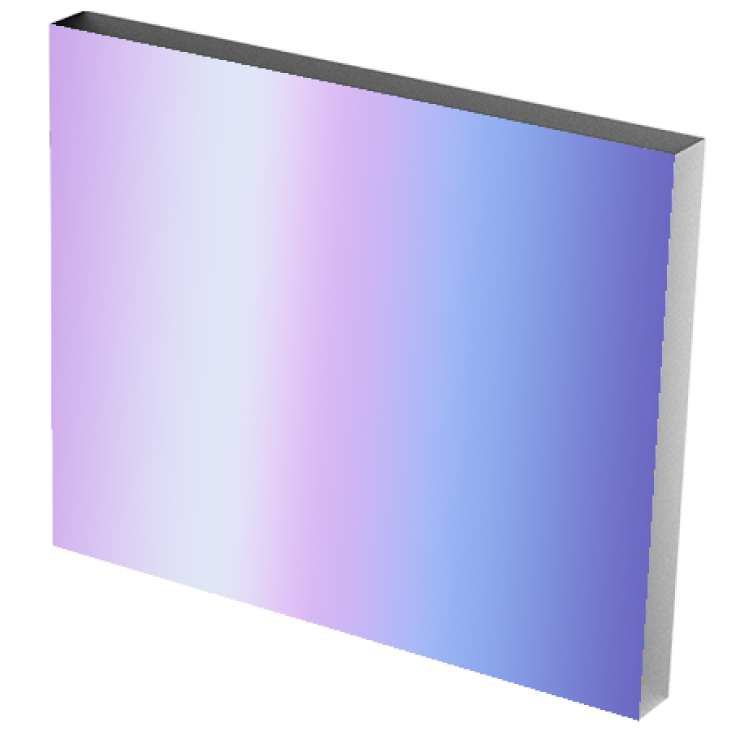



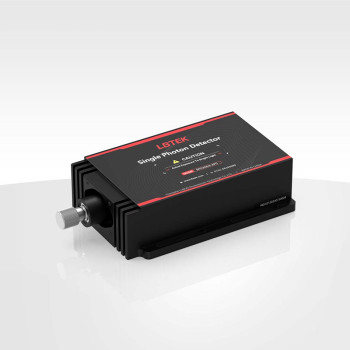

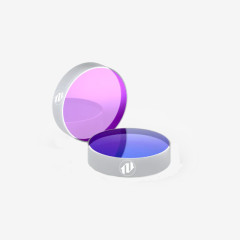
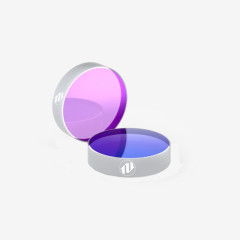
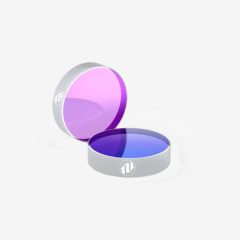
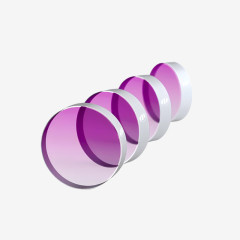
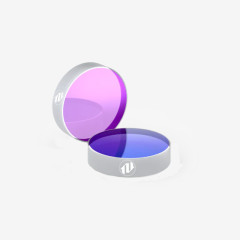
Product evaluation
%High praise
There are comments